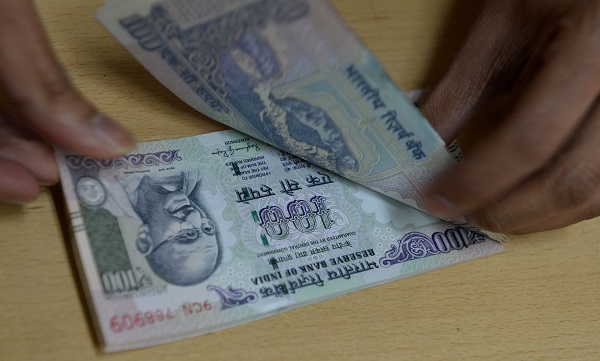- Thursday, April 18, 2024

By: Shubham Ghosh
ON Monday (11), the Reserve Bank of India (RBI) created quite a sensationalism in the financial markets by allowing banks in the country and the international trading community to settle transactions in Indian rupee through a press release titled ‘International Trade Settlement in Indian Rupees (INR)’. The policy was called a significant one as it marked a major step towards the internationalisation of the rupee.
In simple terms, it means making a currency acceptable across the world as an exchange medium. The US dollar, for example, has remained an international currency for over a century now. In the early part of the 20th century, the US dollar had replaced the British pound as the dominant international currency. After the Second Great War (1939-45), the dollar became stronger as all currencies were pegged against it. It continued to hold its position even after the breakdown of the Bretton Woods system in 1971.
But the dominance of the US dollar also saw reactions. Since the dollar became the de facto currency in most transactions across the world, the US remained a crucial player in international affairs. Europe subsequently gave up their own currency and came together to start the Euro to counter the dollar’s hegemony.
While the rise of an economy globally generally leads to an upward move in the share of its currency in global transactions, it has not been the case with America. Over the last five decades, the share of the American economy has declined worldwide by 10 per cent. The dollar’s share in foreign exchange reserves and international debt also headed south but it still managed to remain a dominant economic force.
China, on the other hand, has seen a rise. Its share in global output has gone up from two per cent in the 1980s to 20 per cent, which is more than that of America. Yet the Chinese currency (Yuan or Renminbi) remains only two per cent in the global forex reserve while Euro’s share has remained stagnant at 18-20 per cent since the beginning.
Gita Gopinath, first deputy managing director of the International Monetary Fund has called the dollar’s hegemony, along with other researchers, as ‘Dominant Currency Paradigm’, which creates macroeconomic risks. Mike Carney, former governor of the Bank of England, said a multipolar world needs to have multi-polar currencies. He even spoke in favour of digital currencies to counter the US dollar.
The global share of the Indian economy has gone up from two per cent in 1980 to seven per cent now. It has also emerged as a popular destination for foreign direct investment and global portfolio flows. The Indian government and the RBI have opened both current and capital accounts which allows foreigners to own Indian assets and Indians to buy assets overseas. Against this backdrop, the Indian central bank’s press release on July 11 about internationalisation of the Indian rupee makes a lot of sense.
The RBI press release says that “in order to promote growth of global trade with emphasis on exports from India and to support the increasing interest of global trading community in INR (Indian rupee), it has been decided to put in place an additional arrangement for invoicing, payment, and settlement of exports / imports in INR.”
This means that hereon, both exporters and importers have an option to invoice their transactions in the Indian rupee, which was mainly in the US dollar till this point of time. The RBI has allowed the country’s banks to tender advance loans to exporters against invoices in the Indian rupee. This will also help in internationalising the Indian economy.
Shyamala Gopinath, former deputy governor of RBI, underlined three factors for currency internationalisation in a 2009 speech.
The RBI’s latest policy release is certainly a step towards the first factor.
Moneycontrol said in an analysis that the RBI’s policy doesn’t imply that there will be an immediate shift in the invoicing from the dollar to the rupee. It said as a gradual beginning, Indian policymakers can encourage rupee-based payments with the neighbouring South Asian countries and other trading partners. At the moment, a number of South Asian nations are in the middle of an economic crisis and seeking India’s aid. If New Delhi gives them aid in its own currency and encourages future invoicing in the same, it will be a positive proposition for those battered economies since they would not require the American dollar. Countries such as Nepal and Sri Lanka use the Indian rupee for payments. Under the new arrangement, India could also gain by paying Russia for oil in rupee since that country has been debarred from paying in dollars.
![]()